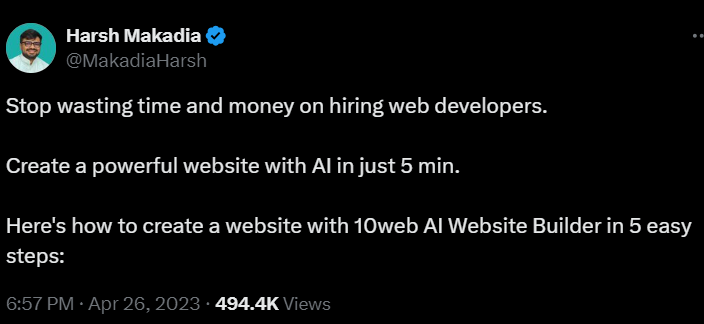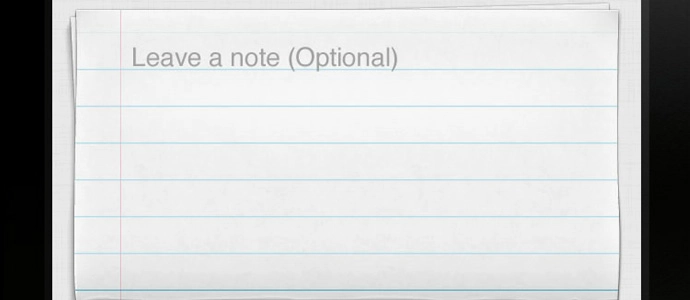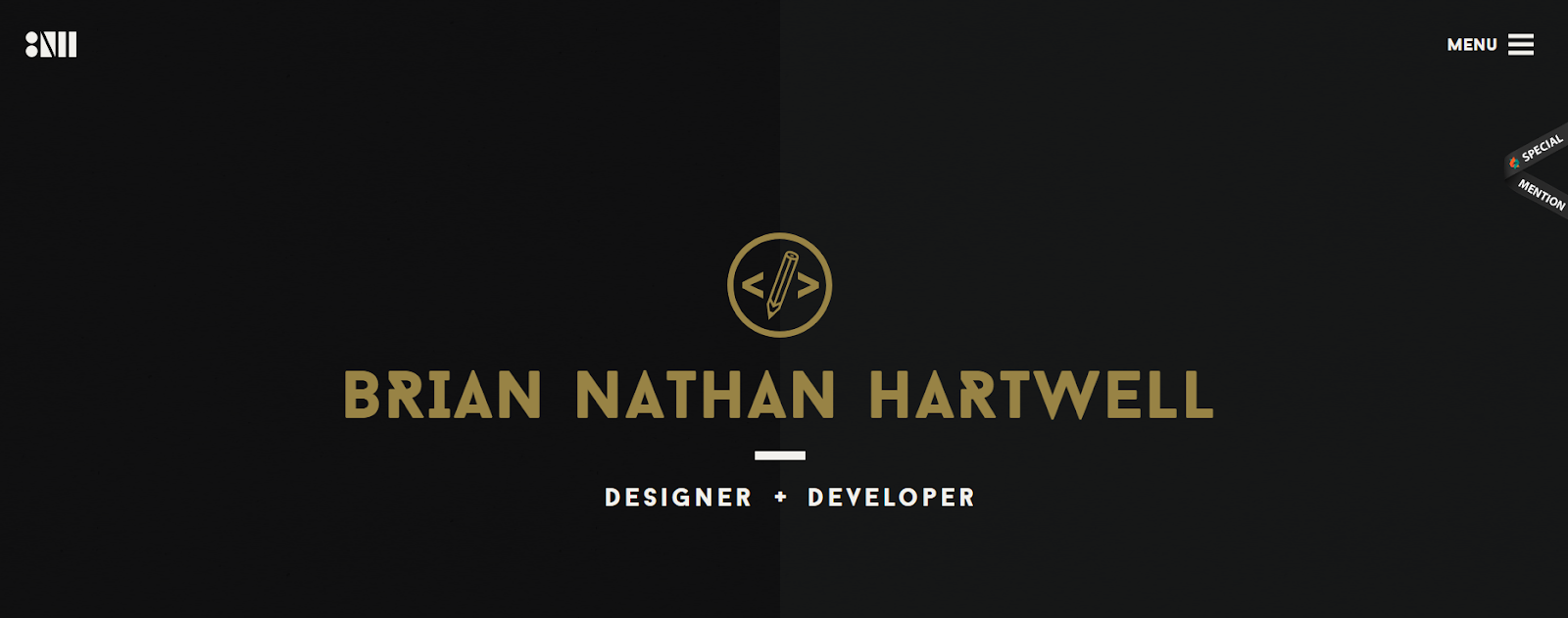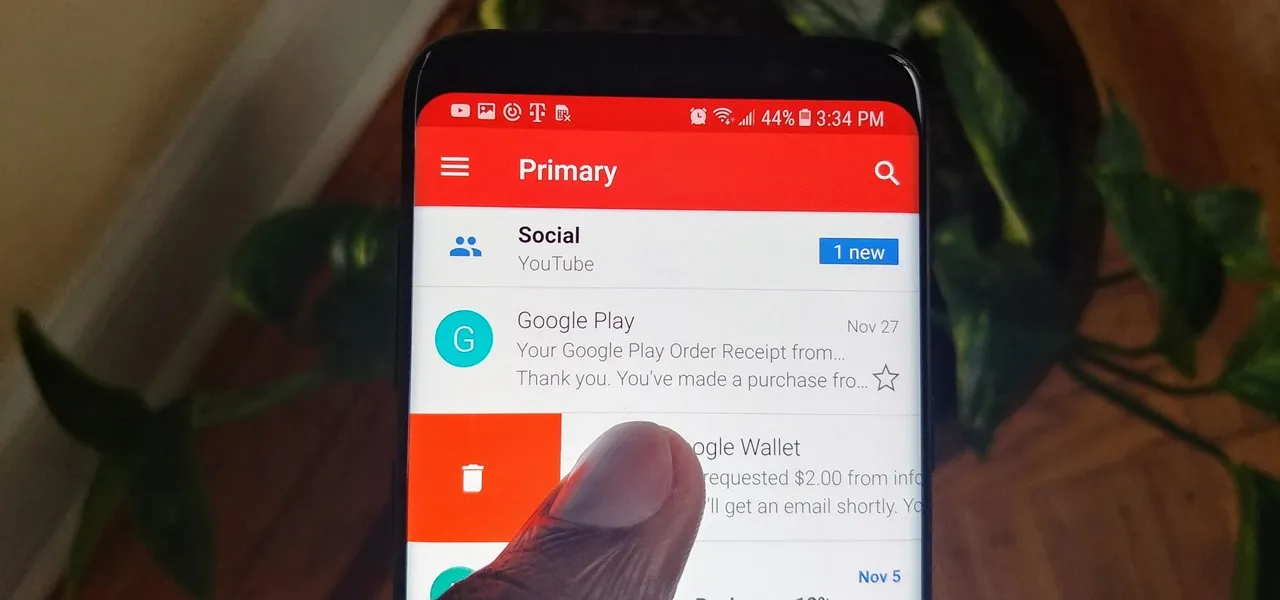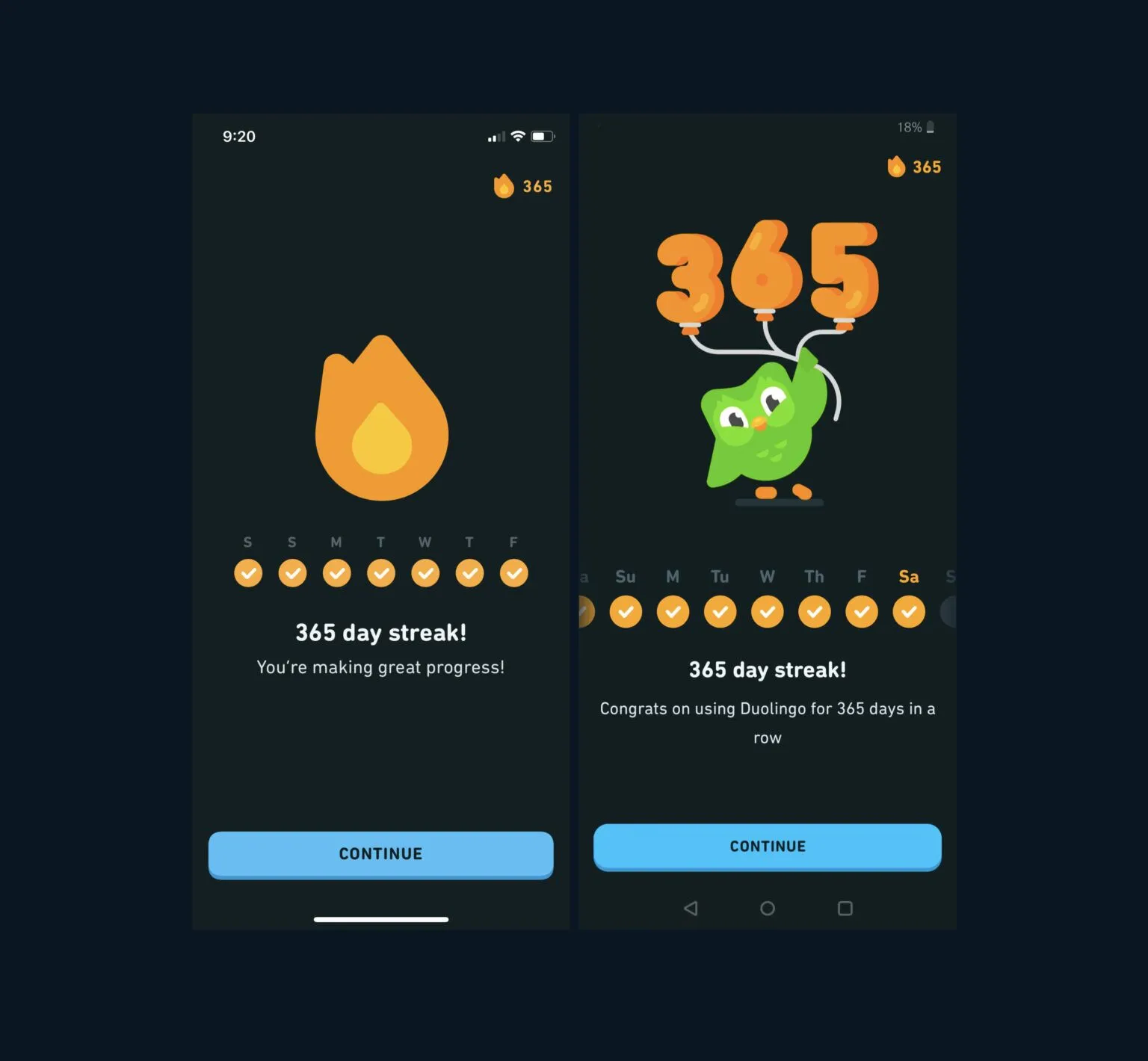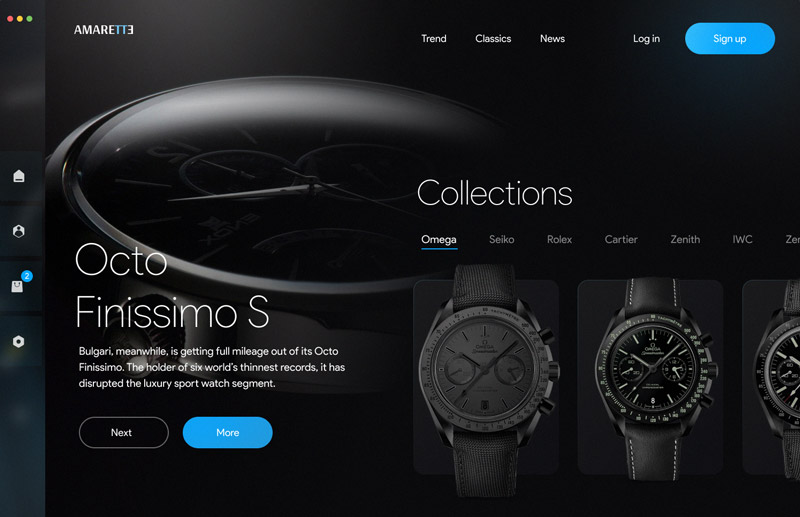What if your website still looked like it belonged on the older websites?
Web design has come a long way from the days of heavy textures and 3D effects. Today, the field is all about sleek, user-friendly interfaces that cater to modern user needs. As we venture into 2024, staying ahead with the latest trends is more important than ever.
In the early 2010s, a significant shift occurred in web design with the rise of mobile devices and responsive design. This era marked the beginning of flat design's prominence. Flat design set aside the excessive textures and gradients that had been popular. It embraced minimalism and featured bold colors and simple typography. But now, some other trend might take over.
Understanding this shift is essential as we look forward to what 2024 holds for web design. Expect to see innovations that enhance user interaction and improve accessibility. You can keep up with these trends to make your website look modern and meet the changing user expectations.
Top Web Design Trends in 2024
Let’s see the latest web design trends that will dominate this year and the years to come.
1. Artificial Intelligence in Design
AI is everywhere. The rise of ChatGPT gave prominence to the use of AI tools. Now, we see many existing tools incorporating AI into their offerings.
Artificial Intelligence (AI) has the power to automate complex processes and enhance creativity. AI tools in design help streamline workflow and allow designers to focus more on creative aspects. They can automatically generate design elements, suggest improvements, and create layouts based on user data. This results in faster production times and more personalized user experiences.
AI can automatically adjust colors for better contrast, resize text for readability, and predict user needs based on interaction patterns. Moreover, AI-driven analytics provide insights into how users engage with a site. It enables designers to make informed decisions to enhance usability and aesthetics.
AI design tools can reduce the time and money needed to create a website. They can enhance web design by offering unique, personalized experiences by understanding user behavior and preferences. These tools are especially useful for people with big ideas needing help with the design work.
2. Skeuomorphism
Skeuomorphism is a design approach where digital elements look like their real-world counterparts. For example, a digital notepad might have a design that resembles a real paper notepad, complete with textures that look like paper and leather. This style makes digital interfaces feel familiar and easy to use by mimicking physical objects.
This style was very popular because it helped new users understand how to interact with digital technologies by relating them to everyday objects they already knew. However, as users have become more tech-savvy, the trend in web design has shifted towards simpler, more minimalistic designs focusing on usability and clean aesthetics.
Despite this shift, skeuomorphism remains an important part of design history. It illustrates how user interface design adapts to its users' changing familiarity and comfort levels.
3. Ultra-minimalism
Ultra-minimalism is a design style that emphasizes extreme simplicity. It uses very few elements to create a clean, clear look. This approach focuses on essential features and removes any unnecessary details.
Colors are often neutral or monochromatic. Typography is straightforward for better readability. Space plays a crucial role. Ample white space makes the overall design calming and easy to navigate.
Ultra-minimalism suits modern tastes that favor functionality and efficiency. This style can make websites appear more professional and sophisticated. It also improves user experience by making interactions simpler and more direct.
As technology advances and user preferences evolve, ultra-minimalism continues to gain popularity. It appeals to users who appreciate design that combines aesthetics with practicality.
4. Microinteractions
Microinteractions are small, functional animations or effects in a design that enhance user experience and provide feedback. For example, when a user likes a post on social media, a small animation of a heart popping might appear. This confirms the action visually and adds a touch of delight.
These subtle details make the user's journey through a website or app more engaging and intuitive.
Microinteractions guide users through interactions, subtly rewarding them and reducing errors by confirming completed actions. They help in making digital environments feel more human and responsive.
You can focus on these details to create a more immersive and interactive experience that encourages users to continue engaging with the site or app.
5. Gamification
Gamification is the technique of applying game-like elements in non-game contexts to boost engagement and motivation. This approach uses rewards, challenges, and competitions to make mundane tasks more interesting and enjoyable.
For example, Duolingo offers points, streaks, and rewards to encourage users to achieve their workout goals.
Incorporating gamification into websites, apps, and business processes can bring numerous benefits. It makes the experience more interactive and fun, which can increase user participation and loyalty. Gamification can also drive desired behaviors from users, such as completing tasks or learning new skills.
You can tap into the natural human love for games to create more engaging, motivating, and effective environments.
6. Glassmorphism
Glassmorphism is a trend in web design characterized by a frosted glass effect, where elements have a semi-transparent background with a subtle blur effect on anything behind them. This style mimics the look of glass, giving the design a sense of depth and layering. Elements often appear light and float above the rest, with sharp contrasts in colors and vivid backgrounds to enhance visibility and aesthetic appeal.
Apple's macOS Big Sur operating system incorporates the frosted glass effect. This design feature adds a modern and sleek appearance to the interface. It enhances both aesthetic appeal and usability.
Glassmorphism in design includes a modern, sleek look that can make interfaces appear more innovative and engaging. This style helps to organize content hierarchically. It enhances usability while providing a visually stimulating experience that stands out from more traditional designs.
Wrapping Up
And that’s it. Leverage these new web design trends to make your design relevant and fresh. You must also prioritize user-friendliness. Make your website easy to navigate and accessible to all users. Focus on creating a seamless experience that guides visitors effortlessly through your content. Regularly test your design with real users to gather feedback and make necessary adjustments. Also consider staying updated with web design blogs to stay informed about the latest industry trends, techniques, and best practices. These blogs often provide valuable insights, tips, and tutorials that can help you refine your design skills and stay ahead of the curve in a rapidly evolving digital landscape.
As you center the user's needs, your website looks modern and functions effectively. This way, your website will meet the expectations of modern users.

